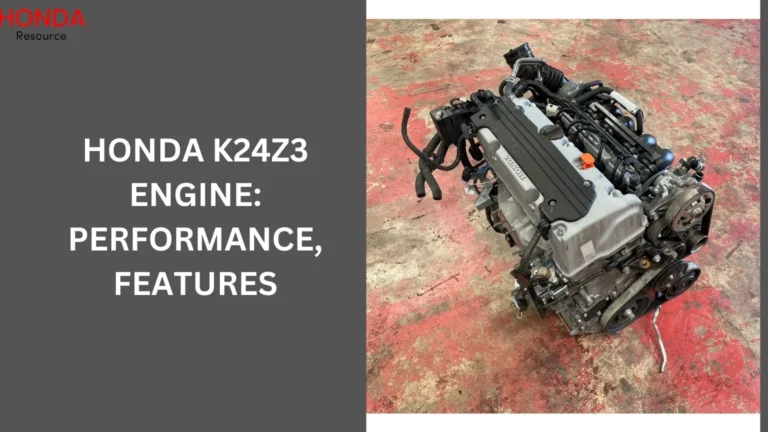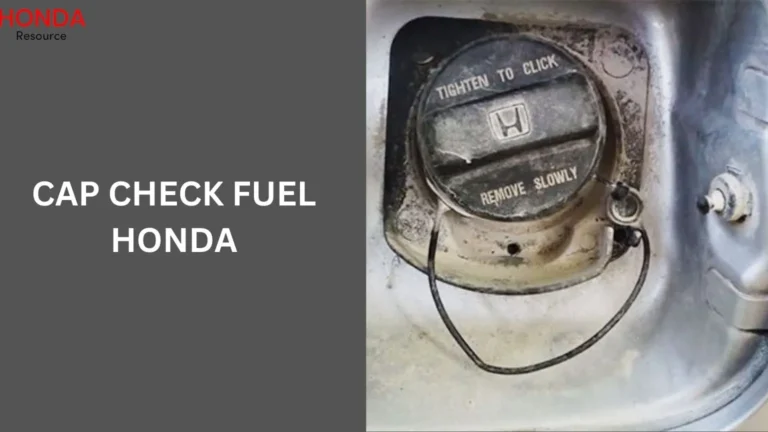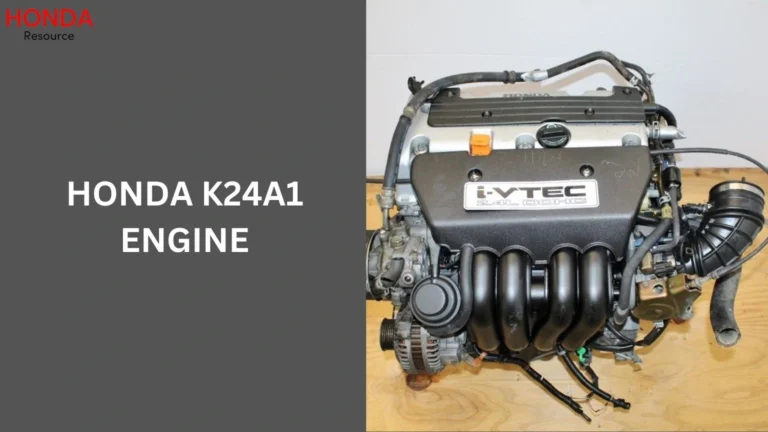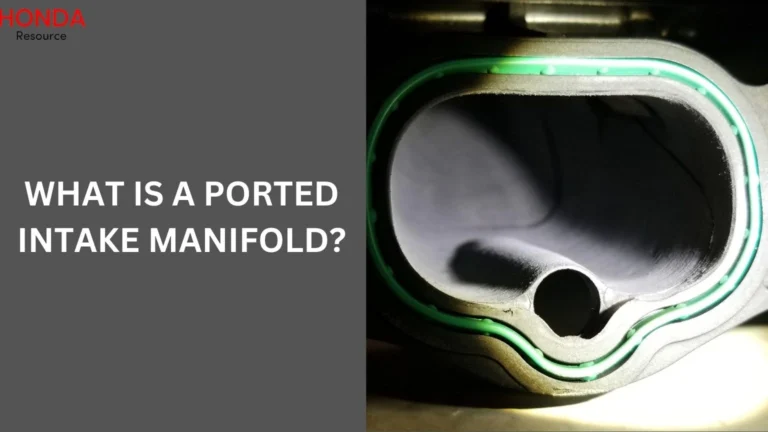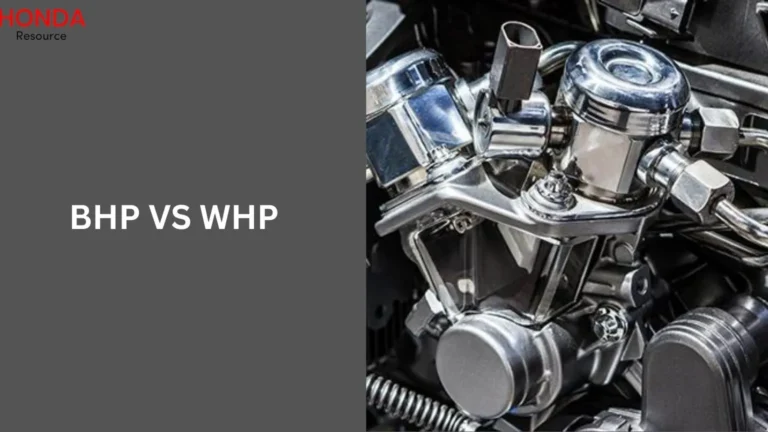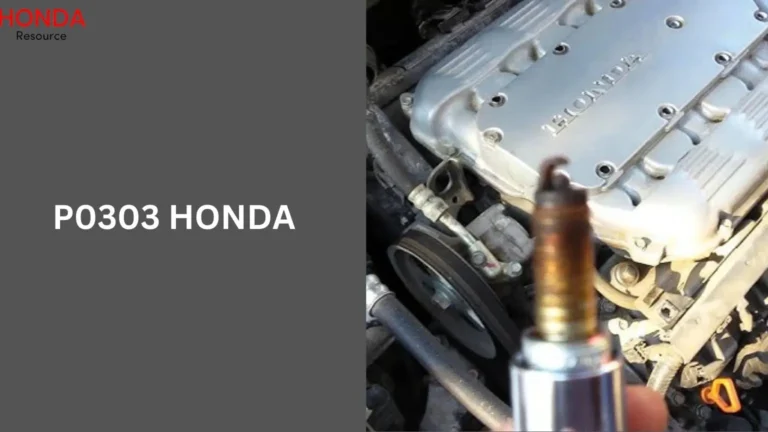What Size Nut On Battery Terminal? (Guide) of 2024
What Size Nut On Battery Terminal? When it comes to maintaining your vehicle or any other equipment that relies on a battery, knowing the correct size nut for the battery terminal is crucial. Using the right size ensures a secure connection and optimal performance. In this guide, we’ll dive deep into everything you need to know about battery terminal nuts—what size to use, how to measure, and common practices to ensure a solid connection.
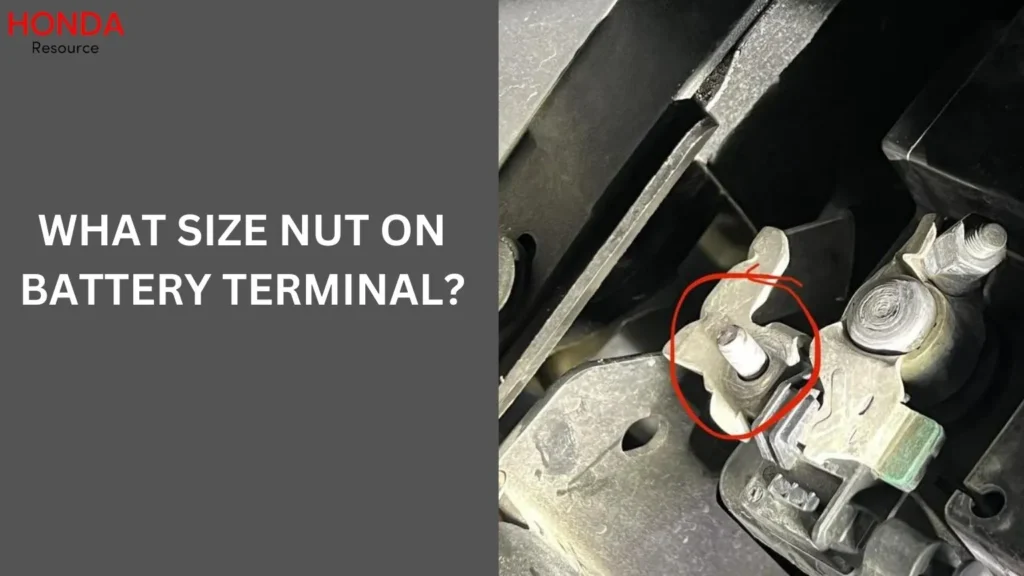
Understanding Battery Terminals
When dealing with batteries, especially for vehicles or other equipment that relies on battery power, the terminal is a critical component. It’s where the battery connects to the rest of the system, and understanding its types and the importance of a proper connection is crucial for optimal performance.
Types of Battery Terminals
Battery terminals come in various types, including post terminals and bolt terminals. Post terminals are typically seen on car batteries and involve a connection with a clamp that tightens around the terminal post. Bolt terminals, often used in marine and RV batteries, involve a bolt that passes through a ring terminal.
Importance of Proper Terminal Connection
A proper terminal connection ensures that the electrical current flows efficiently between the battery and the device it powers. Loose or incorrectly sized nuts can lead to poor performance, intermittent electrical issues, or even damage to the battery and connected components.
Choosing the Right Nut Size
Selecting the correct nut size for your battery terminal is essential to ensure a secure and reliable connection. Using the right size nut helps maintain efficient power transfer and prevents issues such as loose connections or corrosion. Here’s how to choose the right nut size for your battery terminal:
Standard Nut Sizes for Battery Terminals
The size of the nut you need often depends on the type of battery terminal and its specifications. Common sizes for automotive batteries range from 5/16 inch to 3/8 inch, while marine and RV batteries might use larger sizes like 1/2 inch.
Factors Affecting Nut Size Selection
Several factors can influence the nut size you need for your battery terminal. Understanding these factors helps ensure you choose the right size for optimal performance.
Battery Type and Size
Different types of batteries have different terminal designs and sizes. Automotive batteries typically use smaller nuts compared to marine batteries, which require larger sizes due to higher current capacities.
Terminal Material and Design
The material and design of the terminal can also impact the nut size. Some terminals have a larger or smaller base, which means the corresponding nut must fit snugly to ensure a good connection.
Measuring the Nut Size
Accurately measuring the nut size for your battery terminal is crucial to ensure a secure and efficient connection. An ill-fitting nut can lead to electrical issues or damage. Here’s a step-by-step guide to measuring the nut size:
Tools Required for Measurement
To measure the nut size accurately, you’ll need a few basic tools: a caliper or micrometer for precise measurements, and a ruler for general sizing.
To measure the nut size precisely, you’ll need:
- Caliper or Micrometer: For accurate measurement of both the diameter and thickness of the nut.
- Ruler or Tape Measure: For general sizing and cross-referencing.
- Thread Gauge (Optional): To measure the thread pitch if you need to match specific threading.
Step-by-Step Measurement Process
Measuring the nut size accurately is crucial for ensuring a secure and efficient connection at the battery terminal. Here’s a detailed guide to help you measure both the diameter and thickness of a nut correctly.
Measuring Nut Diameter
Place the caliper around the nut to measure its diameter. Ensure you are measuring across the widest part to get an accurate size. For most applications, measuring in inches or millimeters will suffice.
Measuring Nut Thickness
The thickness of the nut is also important, especially if you are working with high-current applications. Measure from one flat side of the nut to the opposite flat side.
Common Nut Sizes for Different Batteries
Choosing the right nut size for battery terminals is essential for ensuring a secure and reliable connection. Different types of batteries use various terminal sizes depending on their design and application. Here’s a guide to the common nut sizes for different types of batteries:
Automotive Batteries
For automotive applications, the most common nut sizes are 5/16 inch and 3/8 inch. These sizes are generally sufficient for the battery terminals found in cars and light trucks.
Marine and RV Batteries
Marine and RV batteries often require larger nuts, such as 1/2 inch, due to their higher power demands and more robust terminal designs.
Installation Tips
Proper installation of battery terminals is essential to ensure a reliable and secure connection, which is crucial for optimal performance and safety. Here are some key tips for installing battery terminals correctly:
Proper Torque Specifications
Ensuring the nut is tightened to the correct torque specification is vital. Over-tightening can damage the terminal or battery post while under-tightening can lead to poor connections.
Avoiding Common Mistakes
Avoid using mismatched nuts or those that don’t fit properly. Always use the correct size and type of nut for the specific battery terminal to prevent issues.
Maintenance and Troubleshooting
Proper maintenance and troubleshooting of battery terminals are essential for ensuring long-term reliability and performance. Here’s a comprehensive guide to help you maintain your battery terminals and address common issues:
Cleaning Battery Terminals
Regular cleaning of battery terminals helps maintain a good connection. Use a wire brush to remove corrosion and dirt, and ensure the nut is clean and free of debris before reassembling.
When to Replace Nuts
If you notice signs of wear, corrosion, or damage on the nut, replace it promptly to avoid connection issues. Regular inspections can help you catch problems early.
People also ask
What size nut do I need for my battery?
The size of the nut you need for your battery depends on the type and application:
Automotive Batteries: Typically use 5/16 inch or 3/8 inch nuts.
Marine and RV Batteries: Often require 1/2-inch nuts.
Heavy-Duty Batteries: May use 5/8 inch nuts or custom sizes.
What size is a battery terminal bolt?
Battery terminal bolts typically range in size from 5/16 inch to 1/2 inch in diameter, depending on the battery type and application. For accurate sizing, consult your battery’s specifications.
What size wrench is for battery terminals?
For most battery terminals, you’ll need a 10 mm or 3/8 inch wrench. Always check your battery’s specifications for the exact size.
What size socket do I need to remove a battery?
To remove a battery, you typically need a 10 mm or 3/8 inch socket. Verify the size by checking the battery’s terminal bolts.
Conclusion
Choosing the correct size nut for your battery terminal is essential for maintaining a reliable electrical connection. By understanding the types of terminals, measuring accurately, and following best practices for installation and maintenance, you can ensure your battery performs optimally and avoid common issues.

I’m Henry Leclerc, a passionate professional car mechanic with a deep love for Honda cars. With years of hands-on experience and extensive knowledge about all Honda car models, I’ve created this website to share my expertise and help fellow Honda enthusiasts keep their vehicles in top-notch condition.

